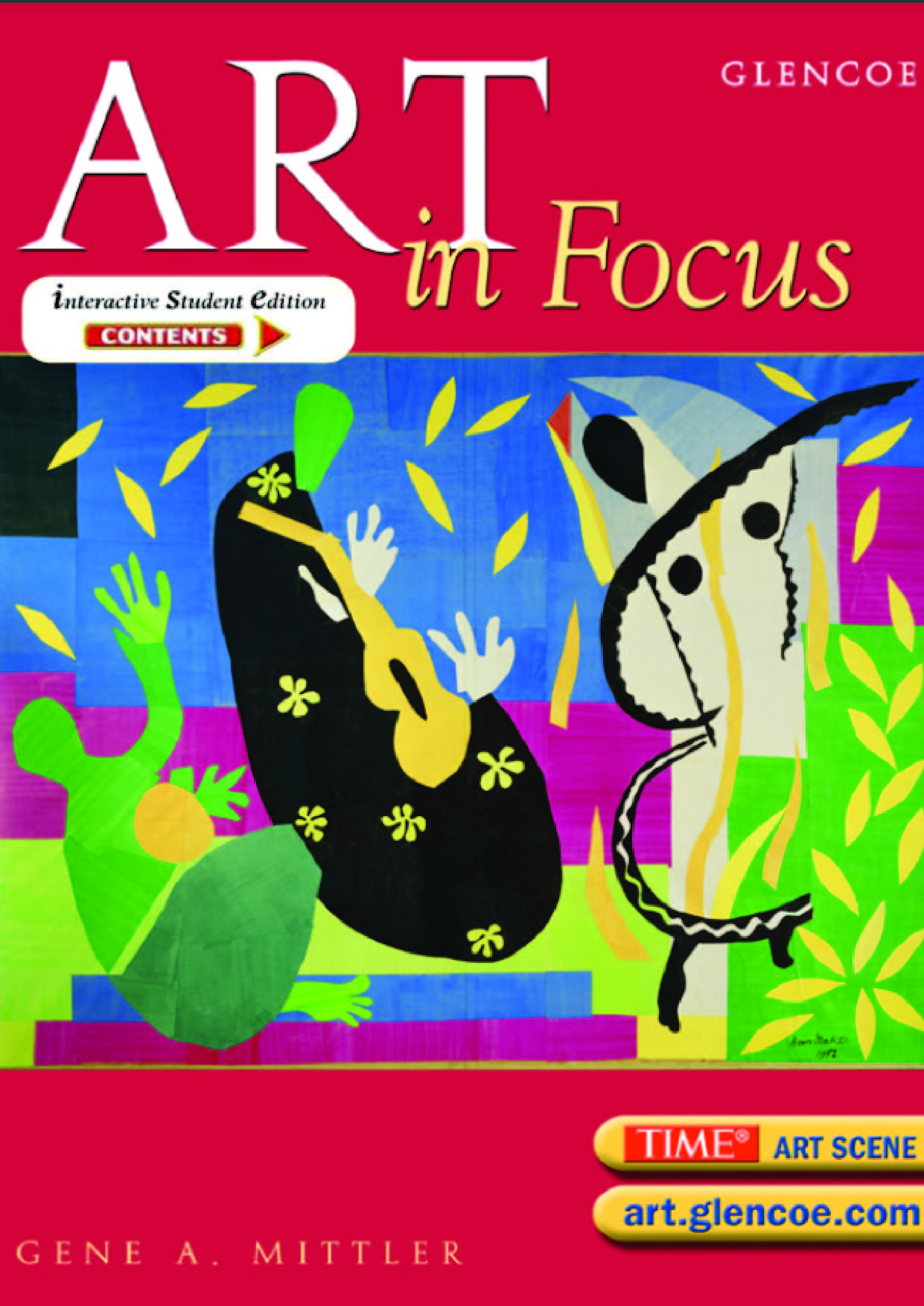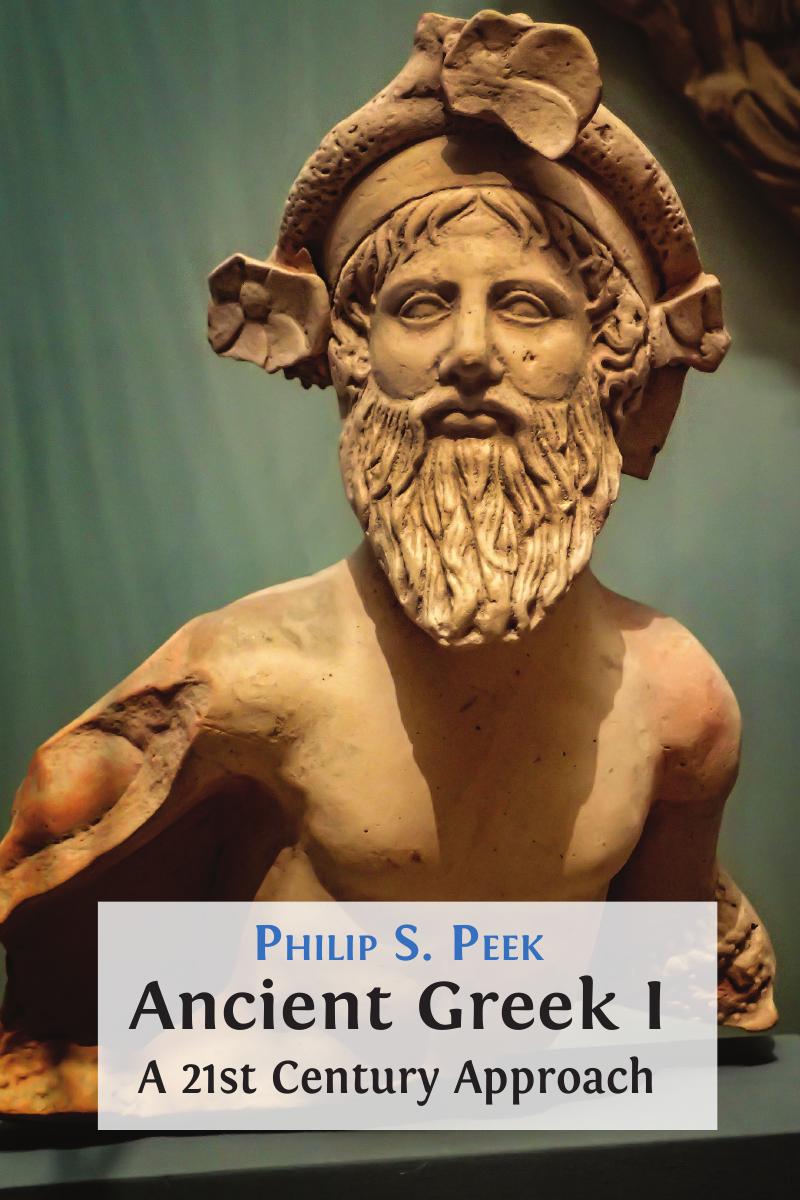“Poetry surrounds us everywhere, but putting it on paper is, alas, not so easy as looking at it.” Vincent van Gogh
Dutch post-impressionist painter, Vincent van Gogh was born on 30th March 1853, in the town of Zundert in the south of the Netherlands. Vincent spent his early adulthood working for a firm of art dealers, travelling between The Hague, London and Paris, after which he taught for some time in England.
He is known for his vivid use of colour, however his early works, such as “The Potato Eaters” and “Skull of a skeleton with burning cigarette” in 1885, consisted of a limited palette, using mostly sombre earth tones. It was not until March of 1886 when he moved to Paris and then later to the south of France, where his style began to be influenced by French Impressionists and the strong sunlight found in southern Europe. Gradually his style evolved, with the use of striking colours and emotive brushstrokes, becoming unique and now eternally recognisable as the ‘Van Gogh’ style.
“I put my heart and my soul into my work, and have lost my mind in the process.” Vincent van Gogh
Despite his artistic abilities, Vincent suffered from anxiety and fits of mental illness. How and to what extent this influenced his work is largely unknown, but modern critics consider that Vincent was deeply unhappy because his sickness made his painting slower and less clear. Often his personal relationships were disatourus, instead turning to his art to express his love for humanity and exploration into man’s social and spiritual condition.
Before his tragic suicide at the age of 37, and in just over a decade, Vincent was very prolific, producing more than 2,100 artworks, consisting of 860 oil paintings and more than 1,300 watercolors, drawings, sketches and prints.










